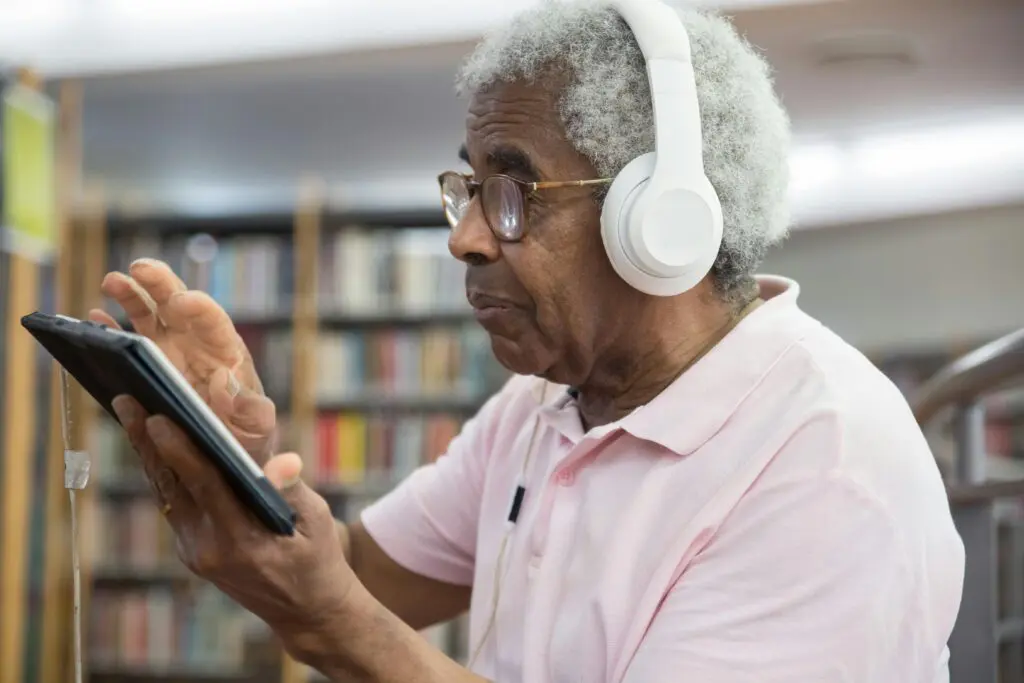Slip and fall accidents can be a painful and frustrating experience. When these incidents occur on someone else’s property, it’s important to understand your rights and take steps to protect your interests. While proving negligence in a slip and fall case can be challenging, gathering the right evidence can significantly increase your chances of a successful outcome.
This article will discuss the critical pieces of evidence you should collect to strengthen your slip and fall claim.
1. Photographs and Videos of the Scene
In a slip and fall case, it’s essential to capture photographs and videos of the scene immediately after the incident. This documentation will help you with your personal injury lawsuit by providing clear evidence of the dangerous condition of the floor or ground where the fall occurred. Focus on capturing hazards such as wet floors, uneven surfaces, or debris. If the accident happened outdoors, it’s crucial to record the weather conditions at the time, whether it was rainy, icy, or snowy, as these factors could have contributed to the fall. Additionally, poor lighting often plays a role in such accidents, so make sure to document the visibility and lighting conditions around the area as well.
2. Physical Evidence
Physical evidence can play a critical role in proving your case. If possible, preserve or document any objects or materials that contributed to your fall, such as cords, spilled liquids, or broken tiles. Moreover, it’s advisable to keep the clothing and footwear you were wearing at the time of the fall, as these items may show signs of slipping or provide further context for evaluating the environment where the accident occurred.
3. Incident Reports
Filing an official incident report is another crucial step, especially when the fall happens in a business or public place. Always make sure to file a detailed accident report with the property manager or store, which will create an official record of the incident. Additionally, if emergency responders, such as paramedics or police, were involved, their reports could serve as valuable documentation of the injury accident and any immediate medical treatment you received.
4. Eyewitness Statements
Witness testimony can significantly strengthen your case. Collect the names and contact information of anyone who saw the slip and fall accident. Ideally, it would be best if you also got written or recorded witness statements detailing what they observed, such as the hazardous condition and how the accident occurred.
5. Medical Records
Comprehensive medical documentation is crucial in proving the extent of your fall injuries. Be sure to keep detailed records of all your medical visits, doctor’s notes, and treatments following the fall. Medical records such as X-rays, scans, and other diagnostic tests will provide objective proof of your severe injuries, helping to substantiate your personal injury claims.

6. Maintenance Records
It’s vital to gather maintenance records to determine whether the property owner or occupier was negligent. Cleaning logs that show when the area was last cleaned or inspected can be used to demonstrate whether proper care was taken to address potential hazards. Additionally, obtaining any repair or maintenance reports for the area can show if there was a known defect that was not addressed.
7. Surveillance Footage
If the property had security cameras, requesting surveillance footage from the time of the accident can provide vital visual evidence. CCTV or security camera footage may capture not only the fall itself but also the condition of the area leading up to the incident, offering a clear timeline and supporting your version of events.
8. Proof of Property Ownership and Control
Establishing who is responsible for the property where the accident took place is a critical component of your case. You will need to gather property records to show who owns or controls the premises. This is critical for determining who bears legal responsibility for the accident and ensuring the right party is held accountable.
9. Personal Account/Diary
Maintaining a personal account or diary is a powerful way to track the impact of your injuries. In the days and weeks following the fall, keep a journal documenting your symptoms, pain levels, and how the fall injury has affected your daily activities. Additionally, it’s helpful to write down a detailed timeline of events surrounding the accident, noting everything that happened before, during, and after the slip and fall.
10. Expert Testimony
Expert testimony can provide a professional perspective on the circumstances of your slip and fall. A safety expert may be able to provide a case evaluation of the accident site and determine whether the property owner followed proper safety procedures. In addition, medical experts can testify about the severity and long-term impact of your injuries, adding credibility to your claim.
11. Proof of Lost Wages or Economic Losses
Finally, to recover economic damages, it’s essential to provide proof of any financial losses resulting from the accident. Gather employment records that demonstrate any lost wages due to time missed from work. In addition, keep receipts or invoices for any out-of-pocket expenses related to medical care, treatment, or transportation, as these are compensable damages in your case. This collection of evidence forms a strong foundation for proving negligence in a slip and fall case, ensuring that you have the necessary documentation to support your personal injury claim.
Conclusion
Gathering the necessary evidence is crucial for building a strong slip and fall case. By carefully collecting and preserving evidence such as photographs, medical records, witness statements, and property maintenance records, you can significantly increase your chances of obtaining a fair settlement. With the proper evidence and legal support, you can protect your rights and seek the compensation you deserve.





